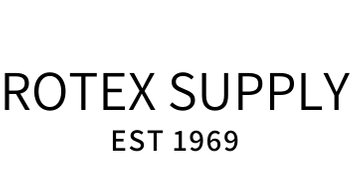The environmental benefits of this recycling process are incredibly significant. Not only are tons of used clothing diverted daily from landfill operations, but when compared to traditional paper wiper manufacturing, the reduction of energy and water usage is substantial. Of all varieties of wiping cloths, those made from recycled clothing have, by far, the least overall impact on the environment.
WASTE WATER
Wash water discharged from the laundering machines enters a shaker screen and then forwards to a hydro-cyclone separator. This process effectively removes suspended solids even in the low micron range.
Waste water is tested by the City of Edmonton Waste Water Control Branch on a regular basis (reports are available upon request).
WASTE OILS
The water flows into the mixing tanks where chemicals are added to effectively breakdown the emulsified oils and greases. Collected by Safety-Kleen for recycling.
SLUDGES
From the mixing tanks, the water is pumped to the clarifier where added polymers and micro air bubbles force the sludge to the surface. Skimmer boards skim off the floating sludge into a sludge holding tank. The clean water below the sludge blanket can be discharged or reused. Collected and processed by Newalta Corporation.
SORBENTS
Processed materials not suitable for reuse are collected by Capital Environmental for disposal at Clean Harbors Environmental in Ryley, Alberta. Sorbents not suitable for recycle are disposed at Clean Harbors, Ryley, Alberta.
FILTERS
Collected by Envirowest Inc. for recycling.
